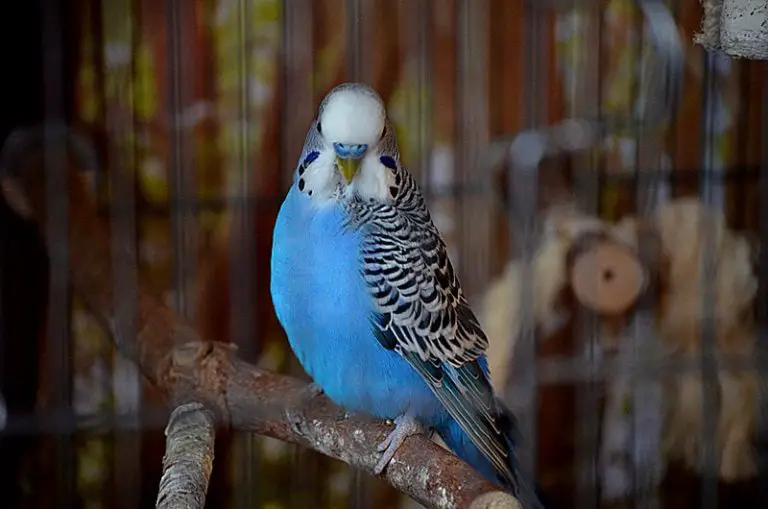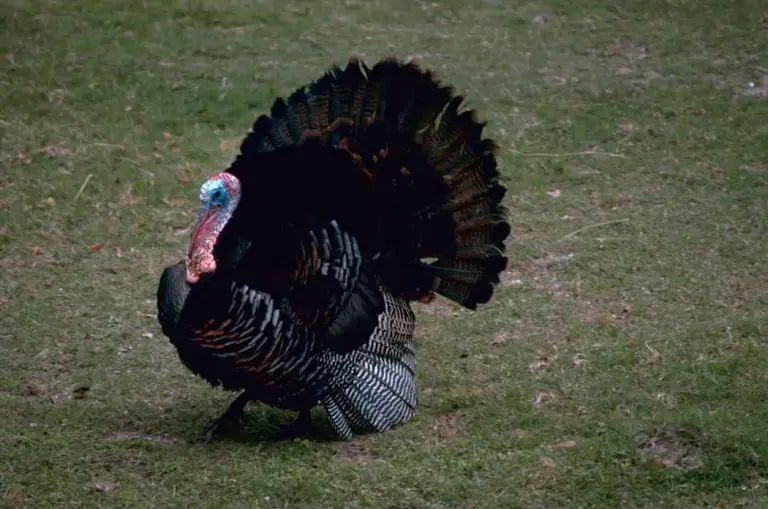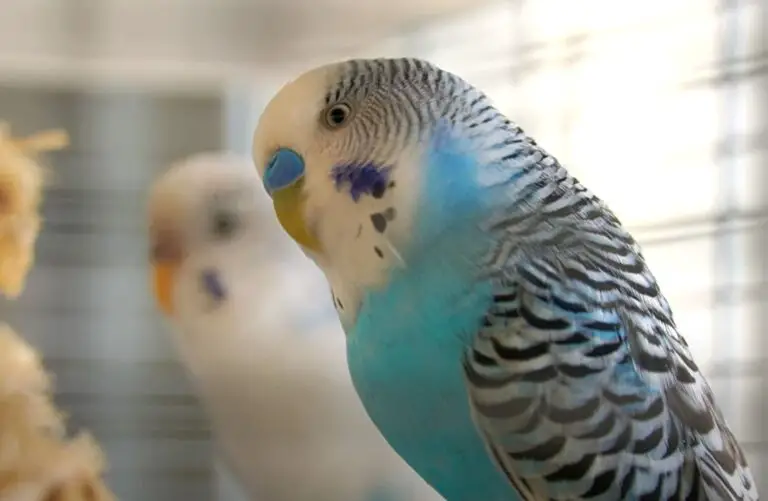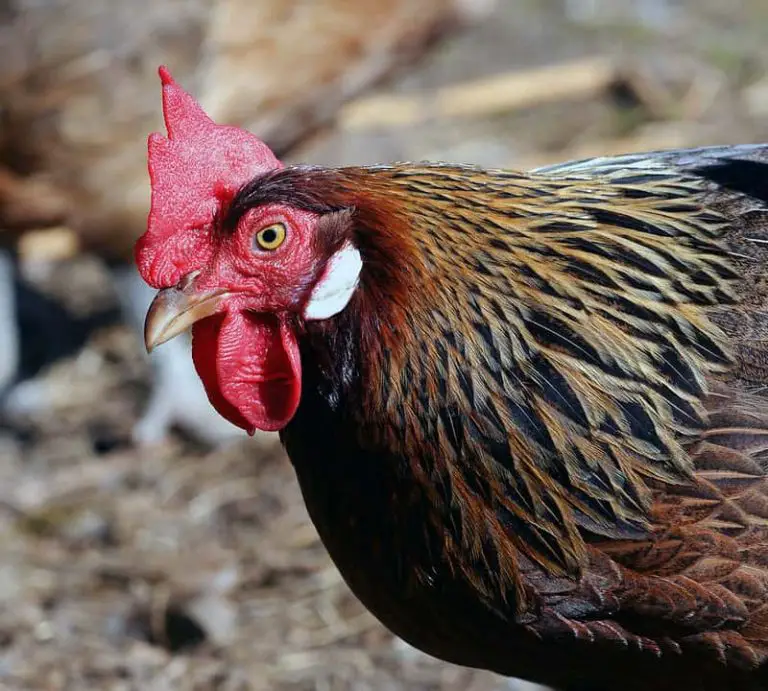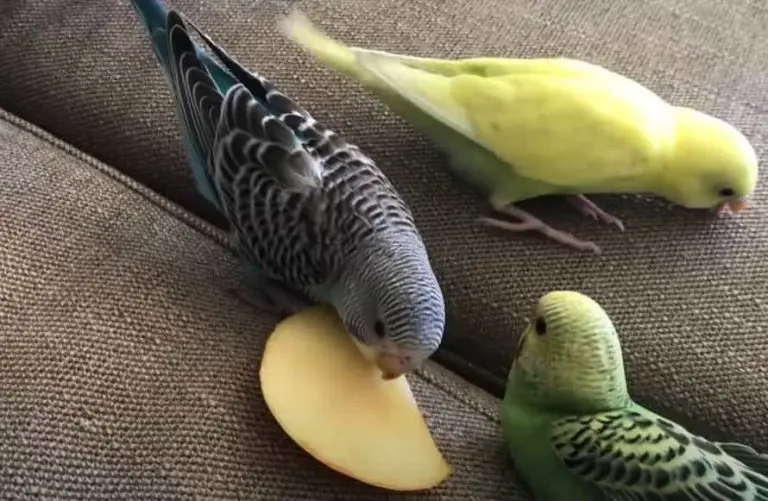Can Birds Still Fly With Clipped Wings?

Birds have different layers of feathers that they use to fly, and depending on which feathers are cut they will be incapacitated, or will have a limited flight capacity, there are several types of cuts in the wings of a bird, the aesthetic cut that consists of only trimming some of the outer feathers of the bird without touching the primary feathers that are the largest, in this case the bird can still fly.
If a complete clipping of the bird’s wings is done, that is, clipping the primary and secondary feathers, the bird will be unable to fly or glide, it is practically like leaving it incapacitated.
The third trimming is the intermediate or standard, in this the primary feathers are trimmed without cutting the secondary feathers, in this cut, the bird cannot fly, although it will be able to glide in case of an accidental fall.
Can birds fly despite clipped wings?
Some relatively large birds such as parrots and budgies, if their wings are trimmed properly, might be able to fly short distances, with the help of a little maneuvering and wind can for example reach a tree with branches that are easy to reach, but the reality is that they will not be able to fly long distances and will not be able to maneuver very well either.
In this situation where the bird has its wings clipped, it is in a position of vulnerability since it will not be able to avoid objects that get in the way of its “flight” with ease and could be injured, it will not be able to fly down on its own, clipping the wings of a bird instead of protecting it from escaping only makes the situation more complicated.
Why do some people decide to clip the wings of birds?
Caretakers sometimes clip their birds’ wings primarily out of convenience, and secondarily out of ignorance.
The owner believes it is safer to clip the wings
The keeper mistakenly believes that clipping the wings protects his bird. So that it can’t fly off or crash into a wall. And out of ignorance he does not know that clipping the wings is not really the solution and how much it harms his animal.
Whoever has parrots or budgies should ensure their safety, for example with bars on the windows. Whoever is not prepared should (as hard as it may sound), not keep parrots and budgies.
Clipping the wing tips to protect the inside of the house
There are also homeowners who want to protect their home from damage by clipping the wings. If the bird cannot fly over the door or over the cabinet, it will not cause damage to these furnishings inside the house either. Also, the bird can’t spread food crumbs everywhere or poop everywhere.
The bird is more important than the interior furnishings of a home
Honestly, if you value a well-kept home, parrots and budgies are not the right kind of pet to have. The welfare of a living being should always take precedence over that of an object, be it a cabinet or a door. You can also protect them in other ways.
Clipping wings to calm birds is a lie
Keepers also believe that clipping the wings tends to keep the bird calm. This is also an incorrect belief. Clipping the wings causes serious psychological damage to the bird. It certainly happens out of ignorance, because if you want the bird to be calmer, i.e., a relationship with your bird, you hardly want to torture or harm it.
Parrots and budgies can be tamed a thousand times better by ethical training without the need to mutilate their wings. You can gain their trust through training and develop a true relationship of friendship.
Clipping the wings because the bird is too big to fly
Another argument used for clipping a bird’s wings is that it is too big and they don’t want it to be flying in a confined space, some owners are afraid that the bird might hit a wall or object inside the house and hurt itself.
Why is it bad to clip birds’ wings?
If you look at it from an objective point of view clipping birds’ wings is bad for precisely that reason, they are birds, that seems trivial. But think about it, for a bird to have its wings clipped is a process that represents a physical and mental process, don’t think that because they are animals they won’t realize that something is wrong with their anatomy.
A bird’s whole body is designed to fly, clipping their wings will inhibit them from that natural process, that is actually a cruel action.
One of the physical problems that arise from clipping a bird’s wings is the risk of accidents, which I just mentioned above.
Also, a bird with clipped wings will have trouble maintaining a balance, it gets out of breath from climbing or flapping a little from time to time because its movements require so much more effort. It is also understood that a bird’s physical fitness is essential to its overall well-being.
Do birds get sad when their wings are clipped?
Birds can become depressed and sad when they suffer a series of alterations in their way of life, and clipping their feathers and rendering them unable to fly can be a cause of depression in a bird.
Disabling a bird of its main physical ability (flying) is giving it reasons to be sad, birds are very intelligent, some more than others, but it will be difficult for them to understand their disability and it will be difficult for them to adapt to such an abrupt change in their condition.
Will the feathers grow back after being clipped?
They will grow back, and fly normally again, the most that can happen is that it will take a few months depending on how much they were cut. A clarification, a cut feather does not grow, but it is replaced with the molt.
Do birds feel pain when their wings are clipped?
In case you are curious whether clipping hurts the bird, it doesn’t hurt in a physical sense, in the same way that it doesn’t hurt to have your fingernails clipped. In other words, in feather clipping there is no blood, there is no pain.
How to help a bird with clipped wings?
In case you already have a bird with clipped wings at home, here are some tips on how to help it
A clipped wing is the same as a disabled bird.
Just like a handicapped person, you have to make the area where the bird rests all accessible, this way the risk of accidents will be minimized, also the possibility of physical injuries will be significantly reduced.
How can you make an inclusive space for the bird with the wings retracted?
Ideally, the space or cage for the bird should be wide and flat, you can put the cage on a flat surface, such as a table, or put flat intermediate objects in case the cage is placed in a higher space.
Of course, you must have a sufficiently large classroom that meets the minimum size requirements for parrot cages, for example, African grey parrots, cockatoos and others, require two meters deep by one meter wide and high, if you pad the base of the classroom with a quilt the risk of injury to the bird will be much lower.

